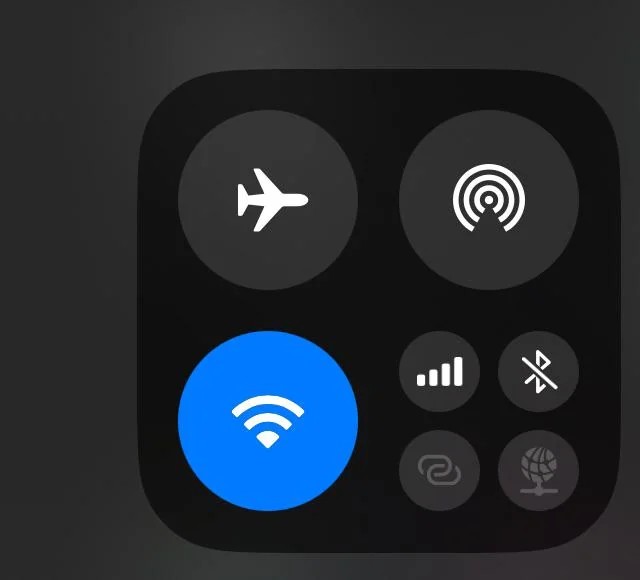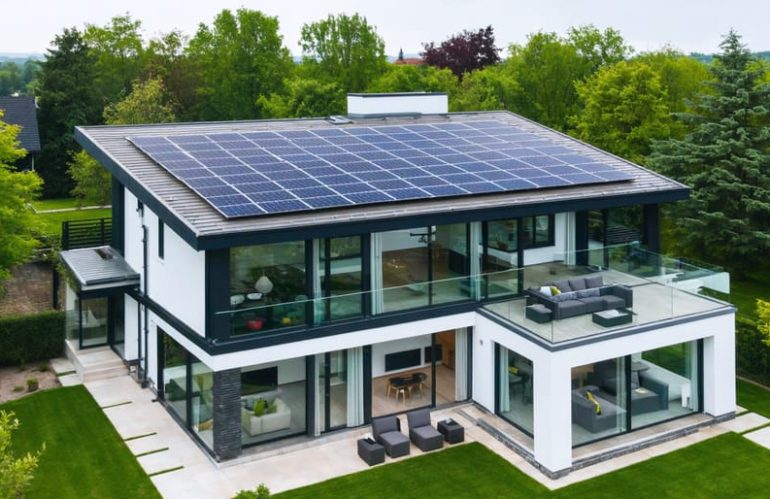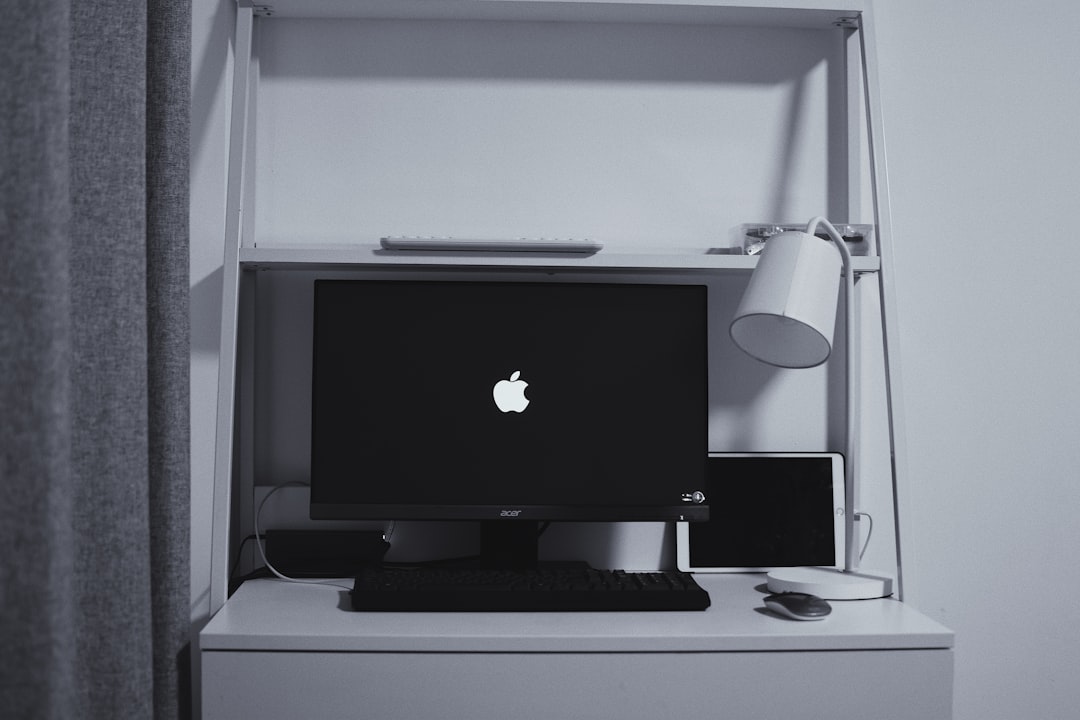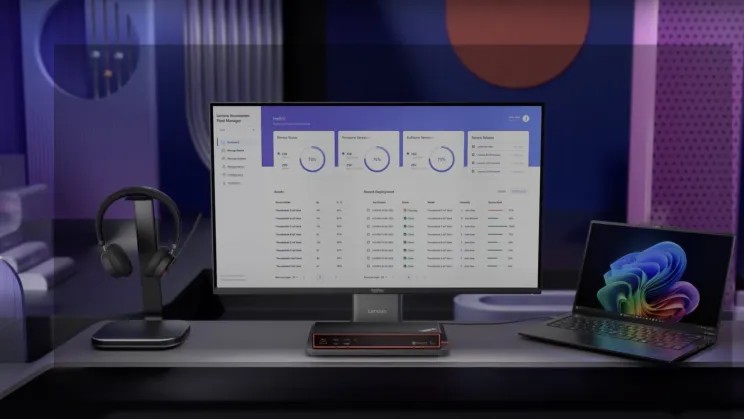The smart home landscape has rapidly evolved from a niche hobby for tech enthusiasts into a mainstream expectation for modern living. At the center of this evolution is the smart hub—a device that promises to unify and simplify the control of our increasingly connected environments. While Amazon’s Echo Show and Google’s Nest Hub have defined the market with their screen-based interfaces, Apple’s HomePod has remained a bastion of high-fidelity audio and voice-centric control. However, the winds of change appear to be blowing. Persistent rumors and subtle hints within Apple’s software development cycles suggest the company is poised to enter a new frontier with a HomePod that incorporates a visual display. This strategic move would not only address a significant gap in its product lineup but also fundamentally redefine the HomePod’s role, transforming it from a premium smart speaker into the true command center of the Apple ecosystem. This in-depth article explores the technical underpinnings, powerful ecosystem integrations, and strategic implications of this much-anticipated device, analyzing how it could reshape our interaction with technology in the home.
From Auditory Cues to Visual Dashboards: The Case for a Smarter HomePod
For years, the smart home experience has been a tale of two interfaces: the auditory and the visual. While voice commands are incredibly convenient for simple tasks, they lack the depth, context, and immediacy of a visual interface. The success of competitors has proven that users want more than just a voice assistant; they want a centralized dashboard for their digital lives.
The Current Landscape: A Market Dominated by Screens
A quick look at the market reveals a clear trend: screens are winning. Devices like the Amazon Echo Show and Google Nest Hub have become kitchen counters and bedside table mainstays for a reason. They provide at-a-glance information like weather forecasts, calendar appointments, and news headlines. They allow for video calls, streaming content, and step-by-step recipe guides. Most importantly, they offer a tangible, touch-based interface for managing complex smart home scenes—a task that can be cumbersome with voice alone. The current HomePod news and HomePod mini news, while positive in terms of audio quality and Siri improvements, consistently highlight this functional gap. Apple’s audio-only approach, while elegant, feels increasingly limited in a world that craves visual feedback.
Apple’s Foundational Work: Clues in the Code
Apple rarely reveals its hand, but its software often tells a story. Long before a new piece of hardware is announced, evidence of its existence frequently surfaces within the code of beta operating systems. We’ve seen this pattern with nearly every major product category, from the Apple Watch to the Vision Pro. Developers and code sleuths often discover new frameworks, display drivers, and UI assets hidden within iOS, iPadOS, and tvOS builds that point to unreleased devices. Recent iOS updates news has been filled with enhancements to HomeKit, SharePlay, and system-level widgets—technologies that would be perfectly suited for a stationary, multi-user smart display. The development of a robust software foundation is a prerequisite for such a device, and all signs indicate that Apple has been methodically laying this groundwork for years, ensuring a seamless and secure experience in line with its core principles discussed in Apple privacy news and iOS security news.
Beyond Siri: The Need for a Visual Interface
While Siri news continues to report on the assistant’s growing intelligence, a voice-only interface has inherent limitations. Complex queries, browsing lists, or comparing options are all tasks better suited to a screen. Imagine asking Siri to show you security camera footage from the front door. On a traditional HomePod, the response is purely informational. On a HomePod with a screen, the video feed appears instantly. This shift from a conversational model to a conversational-plus-visual model would dramatically expand the device’s utility, making it a more intuitive and powerful tool for the entire family, much like the iPhone and iPad have become indispensable personal devices.
Under the Hood: Engineering Apple’s Smart Display

Creating a successful smart display is more than just attaching a screen to a speaker. It requires a thoughtful integration of hardware and software, designed from the ground up to serve a unique purpose within the home. Apple’s approach would undoubtedly focus on performance, user experience, and deep ecosystem connectivity.
The Operating System: A Hybrid Approach?
The most critical question is what operating system a smart HomePod would run. It’s unlikely to be a direct port of iOS or iPadOS, which are designed for personal, mobile devices. A more probable solution is a new OS variant, perhaps dubbed “homeOS,” that blends elements from tvOS (designed for a shared, at-a-distance experience) and iOS (for its powerful frameworks and touch interface). This hybrid OS would need to support multi-user profiles seamlessly, allowing each family member to access their own calendars, messages, and music with a simple voice command or Face ID authentication. The evolution would mirror how Apple created watchOS from iOS, tailoring it specifically for the wrist. This new platform would need to be the glue connecting all Apple ecosystem news, from personal devices to home automation.
Hardware Considerations: Display, Processor, and Connectivity
The hardware specifications would be crucial to its success. A screen size between 7 and 10 inches seems likely, utilizing Apple’s high-quality Liquid Retina display technology for excellent color and viewing angles. Powering the device would likely be an A-series Bionic chip, similar to those found in the latest iPhones and iPads, ensuring a fluid, responsive interface capable of handling everything from 4K video streaming to advanced on-device machine learning for Siri. Connectivity would be state-of-the-art, with Wi-Fi 6E, Bluetooth 5.3, and, most importantly, native support for Thread and Matter. This would solidify its role as a premier smart home hub, capable of reliably controlling a vast array of third-party accessories, a significant piece of ongoing Apple accessories news.
The Role of the U-Chip and Spatial Awareness
A key differentiator for an Apple smart display would be its spatial awareness, powered by the Ultra Wideband (U-series) chip. This technology would allow the HomePod to know precisely where other U-chip-enabled devices, like an iPhone, Apple Watch, or even an AirTag, are in the room. This opens up a world of possibilities for seamless interaction. For example, as you walk into the kitchen with your iPhone, the HomePod screen could automatically display your morning briefing. Handoff for music or calls could become even more magical, with content seamlessly transferring to or from the device. This spatial context is a cornerstone of recent Apple AR news and would be essential for future integrations with the Apple Vision Pro.
The Ultimate Hub: Weaving the Apple Ecosystem Together
A HomePod with a screen wouldn’t just be a new product; it would be the gravitational center for Apple’s entire ecosystem within the home. Its purpose would be to connect and enhance every other Apple device and service, making the whole greater than the sum of its parts.
A Central Command for HomeKit and Matter
The most immediate impact would be on the smart home. Instead of fumbling for an iPhone to adjust the lights, a dedicated, always-on HomeKit dashboard would provide instant control. Users could view live feeds from multiple cameras, manage intricate automations, and get status updates on all their connected devices in one place. Real-world scenarios become far more powerful: a parent in the kitchen could see a live video feed of the nursery, adjust the temperature, and start a white noise playlist, all from a single interface. This would be a significant leap forward from the days of the simple iPod Shuffle or iPod Mini, showcasing a complete home integration strategy.
A Multimedia and Communication Powerhouse
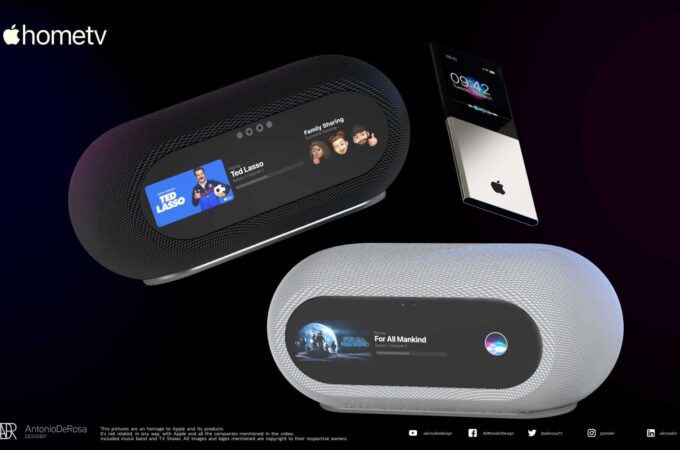
Beyond home control, the device would excel as a communication and entertainment hub. High-quality FaceTime calls would make it a perfect kitchen or living room communication station. Apple Music would come alive with synchronized lyrics and animated album art. It could serve as a secondary display for Apple TV news, showing stats during a live sports game or acting as an advanced remote. In its idle state, it would be the world’s most beautiful digital photo frame, curating memories from iCloud Photos. This multimedia focus harks back to Apple’s roots with the iPod, and in a way, a screen-based HomePod could represent a modern iPod revival news story—a device dedicated to enjoying media in a shared space, a far cry from the solitary experience of the iPod Classic news or iPod Touch news.
Interfacing with Wearables and Spatial Computing
The synergy with Apple’s other platforms would be profound. A user wearing an Apple Watch could see their heart rate or workout progress displayed on the larger screen during a Fitness+ session. Audio could be seamlessly passed to AirPods Pro or AirPods Max for private listening. The most futuristic integration would be with the Apple Vision Pro. The HomePod’s screen could act as a “Shared View,” allowing others in the room to see a 2D representation of what the Vision Pro user is experiencing. It could also function as a persistent, physical control panel for visionOS apps, perhaps even a charging dock for future Vision Pro accessories news, like a rumored Vision Pro wand news or an updated Apple Pencil compatible with the spatial computer, which could be discussed alongside Apple Pencil Vision Pro news.
Considerations for Users: Privacy, Placement, and Potential Pitfalls
While the potential is immense, introducing a device with an always-on microphone and camera into the most private spaces of our homes requires careful consideration. Apple’s reputation is built on a foundation of user privacy and security, and a smart display would be the ultimate test of that commitment.
The Privacy Question: An Always-On Device in Your Home

Apple would undoubtedly implement robust privacy-preserving features. Expect on-device processing for as many Siri requests as possible, minimizing data sent to the cloud. A physical camera shutter and a hardware-disconnected microphone button are near-certainties, providing users with tangible control over their privacy. Clear, on-screen indicators would alert users anytime the camera or microphone is active, a practice already standard across iOS and macOS. These measures are critical to maintaining user trust and are a core tenet of the ongoing Apple privacy news narrative.
Best Practices for Integration
For users, the key to a great experience will be thoughtful placement and setup. A kitchen counter is the obvious choice, where it can serve as a recipe book, timer, and family organizer. A living room placement would center it as a media and home control hub. Setting up Family Sharing and Personal Requests will be essential to ensure that each user gets a personalized experience, from their own music playlists to their private calendar events. Users could even use it for creative purposes, like an iPad vision board news-style family planner.
Potential Challenges
The primary challenge for Apple will be pricing. The original HomePod was criticized for its high price, and a version with a large, high-quality display and an A-series chip will not be cheap. Apple will need to clearly communicate the value proposition to justify a premium price over its established competitors. Another challenge is the app ecosystem. Will it support a full App Store, or will it be limited to system apps and widgets? A curated experience is more likely, focusing on apps that make sense on a shared, stationary device.
Conclusion: The Inevitable Next Step
The convergence of market trends, user expectations, and Apple’s own technological advancements makes the development of a HomePod with a screen feel less like a possibility and more like an inevitability. Such a device is the logical conclusion of Apple’s smart home ambitions, a missing piece of the puzzle that would unify its entire ecosystem. By combining best-in-class audio, a stunning visual interface, powerful performance, and an unwavering commitment to privacy, Apple has the opportunity to not just compete but to redefine the smart display category. It would transform the HomePod from a speaker that listens into a hub that sees, understands, and interacts, finally delivering on the promise of a truly intelligent and seamlessly integrated smart home. This isn’t just another product; it’s the future command center for the Apple-powered life.








